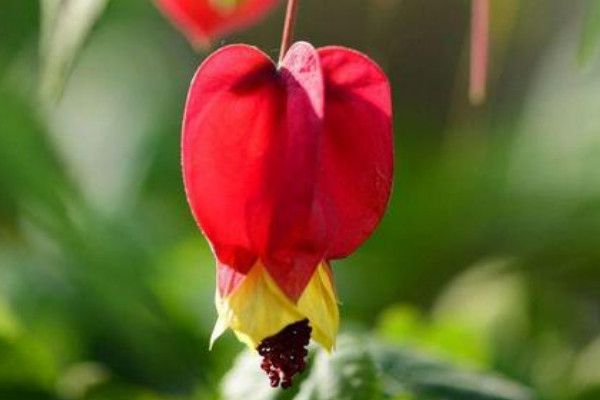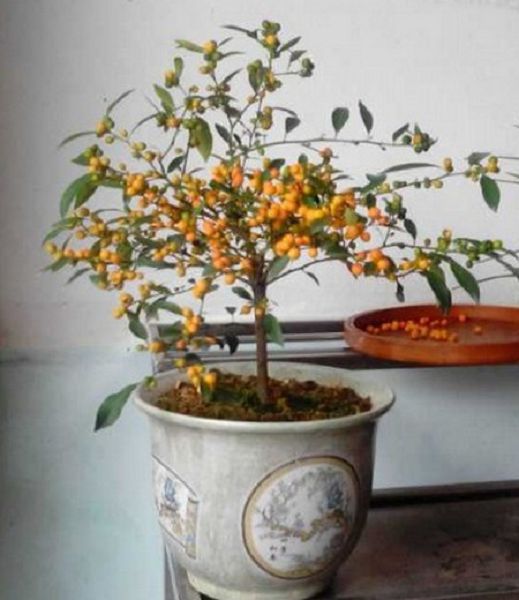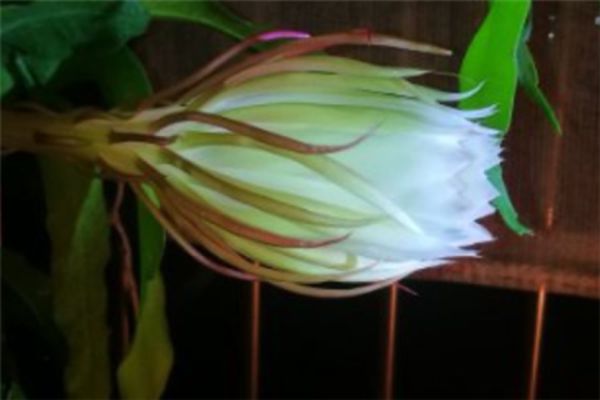What about the vine Campanula in winter?

If we want to make the bluebells safe through the winter, we should pay attention to the regulation of temperature, the management of light, the control of watering and the control of fertilization. The temperature needs to be stable between 20 and 30 degrees Celsius, ensure sufficient light time every day, pay attention to the amount of water and water temperature when watering, fertilize carefully before winter, and stop fertilization after winter.
How does the vine Campanula survive the winter?
1. Temperature
The vine wind bell flower is a kind of plant that likes the warm environment and is not tolerant to the cold, so when we let the vine wind bell flower through the winter, the most important thing is the stability of the temperature, the temperature needs to be stable between 20 and 30 degrees Celsius, there can be no excessive temperature fluctuation, the lowest temperature can not be lower than 15 degrees Celsius, otherwise it will affect the survival of the plant.
2. Lighting
Vine bluebells like adequate light environment, every day to ensure that they receive enough light in order to flourish and thrive. The sun intensity is low in winter, so it is necessary to extend this time to let the bluebells bask in the sun in winter, so that the plants can receive enough light in order to grow well.
3. Watering
The water demand of Campanula mandshurica decreases a little in winter, so we should pay attention to reducing the amount of water each time when watering, and adjust the watering frequency according to the degree of dryness of the soil to ensure that the soil is slightly dry. When watering, the water temperature should be about the same as the soil temperature, otherwise it is easy to freeze.
4. Fertilization
During the three seasons of spring, summer and autumn, bluebells need us to fertilize and provide them with adequate nutrients. Generally speaking, fertilizer is applied once every 15 days, and after applying fertilizer for the last time before winter, there can be no more fertilization. the demand for nutrients of winter plants decreases a lot, and excessive fertilization can easily lead to root burning.
Related
- Fuxing push coffee new agricultural production and marketing class: lack of small-scale processing plants
- Jujube rice field leisure farm deep ploughing Yilan for five years to create a space for organic food and play
- Nongyu Farm-A trial of organic papaya for brave women with advanced technology
- Four points for attention in the prevention and control of diseases and insect pests of edible fungi
- How to add nutrient solution to Edible Fungi
- Is there any good way to control edible fungus mites?
- Open Inoculation Technology of Edible Fungi
- Is there any clever way to use fertilizer for edible fungus in winter?
- What agents are used to kill the pathogens of edible fungi in the mushroom shed?
- Rapid drying of Edible Fungi



